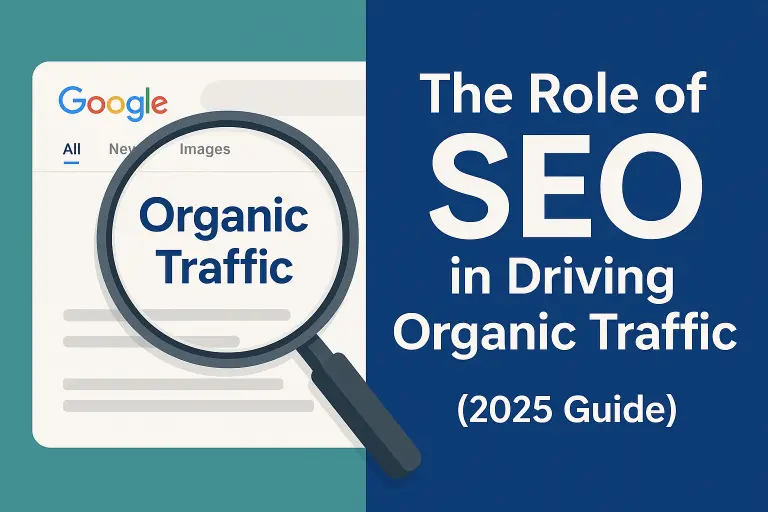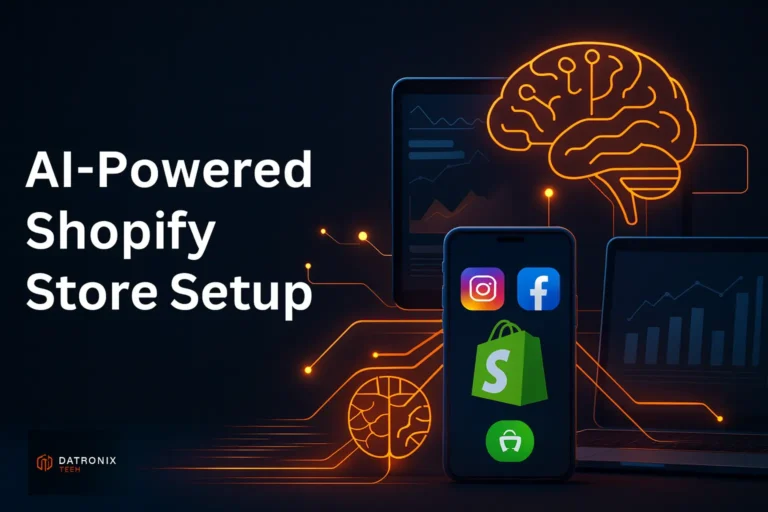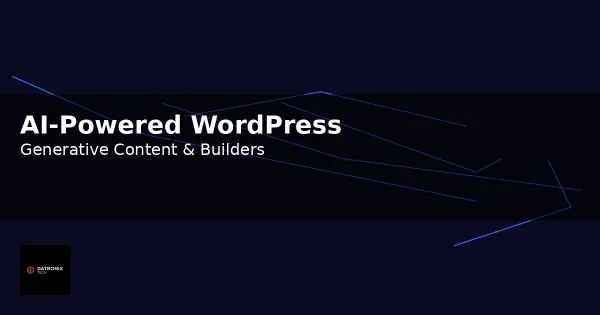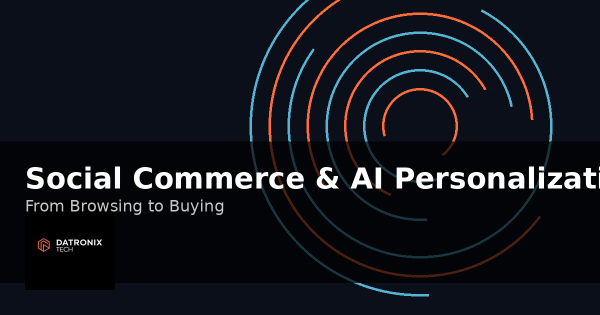The role of SEO in driving organic traffic is simple: it ensures your website appears when people search for products, services, or solutions you offer. By optimizing technical performance, content relevance, and authority signals, SEO helps attract qualified visitors who are actively looking for what you provide — without paying for ads. Done right, SEO builds long-term visibility, credibility, and sustainable growth.
Why SEO Matters for Organic Traffic
Visibility & Discovery
Most online journeys start with a search engine. Ranking higher on Google means more people discover your brand. According to Statista, Google holds over 90% of the global search market, making SEO essential.
Cost-Effective Growth
Unlike paid ads, organic traffic doesn’t require ongoing spend. SEO is an upfront investment with compounding returns over time.
Trust & Credibility
Users trust Google. If your site ranks high, it gains authority by association. Moz calls this the “trust factor” of organic rankings.
Key Pillars of SEO That Drive Organic Traffic
1. Technical SEO
Site speed & Core Web Vitals (Google Web.dev)
Mobile-friendliness
Secure browsing (HTTPS)
Crawlability & indexing
Case Study: Backlinko found that pages on fast-loading websites are 53% more likely to rank on page one.
2. On-Page SEO
Optimized titles & meta descriptions
Keyword-rich, natural headings
Internal linking (to keep visitors moving deeper into your site)
Image optimization (alt text, compression)
Example: HubSpot boosted organic traffic by 106% by updating old blog posts with improved on-page SEO.
3. Content SEO
Content is the fuel for organic visibility.
Long-form blog posts (like this one!)
Targeting search intent (informational, transactional, navigational)
Using semantic keywords & FAQs
Providing depth and value
4. Off-Page SEO
Backlinks from authority sites
Digital PR & guest posting
Brand mentions & citations
Case Study: A B2B SaaS firm increased traffic 250% in 6 months by earning backlinks from industry publications.
5. User Experience (UX) & Engagement
Easy navigation
Low bounce rate
Clear CTAs
Accessibility compliance (W3C WCAG)
Remember: Google increasingly rewards engagement metrics — sites that keep users satisfied rank better.
Common SEO Mistakes That Kill Organic Traffic
Keyword stuffing → hurts rankings & readability.
Ignoring technical SEO → slow sites rarely rank.
Thin content → pages without depth don’t perform.
Poor internal linking → causes high bounce rates.
Neglecting mobile users → with 60%+ traffic on mobile, this is fatal.
Best Practices to Maximize Organic SEO Traffic
Perform keyword research (use free tools like Google Keyword Planner, Ubersuggest).
Focus on user intent (why people search, not just what they search).
Update old content regularly.
Build high-quality backlinks.
Track with Google Search Console & Analytics.
Future of SEO & Organic Traffic
AI Search (SGE): Google’s AI-driven results will reshape SEO — content must be authoritative and helpful.
Voice Search: Optimize for conversational queries.
Visual Search: Images and video SEO will rise.
E-E-A-T (Experience, Expertise, Authority, Trust): Google rewards authoritative content more than ever.
FAQs
Q1. What is the role of SEO in driving organic traffic?
It improves visibility, attracts qualified leads, and builds trust without paid ads.
Q2. How long does SEO take to show results?
Typically 3–6 months depending on competition and strategy.
Q3. Is SEO better than paid ads?
They complement each other. SEO is long-term, ads bring instant but short-lived results.
Q4. Which SEO tactic drives the most traffic?
High-quality content paired with backlinks.
Q5. What tools help track organic SEO?
Google Search Console, SEMrush, Ahrefs, Moz, Screaming Frog.
Actionable Takeaways
Optimize technical, on-page, and off-page SEO.
Create content that answers user intent.
Regularly update & repurpose old content.
Build authority with backlinks & brand trust.
Track results & adjust strategies continuously.
Final Thoughts
The role of SEO in driving organic traffic is more critical than ever in 2025. A strong SEO strategy ensures your website not only looks good but also gets discovered, trusted, and used by your target audience. While ads can buy clicks, SEO builds a sustainable engine for growth. In short: SEO fuels visibility, traffic, and business success.





